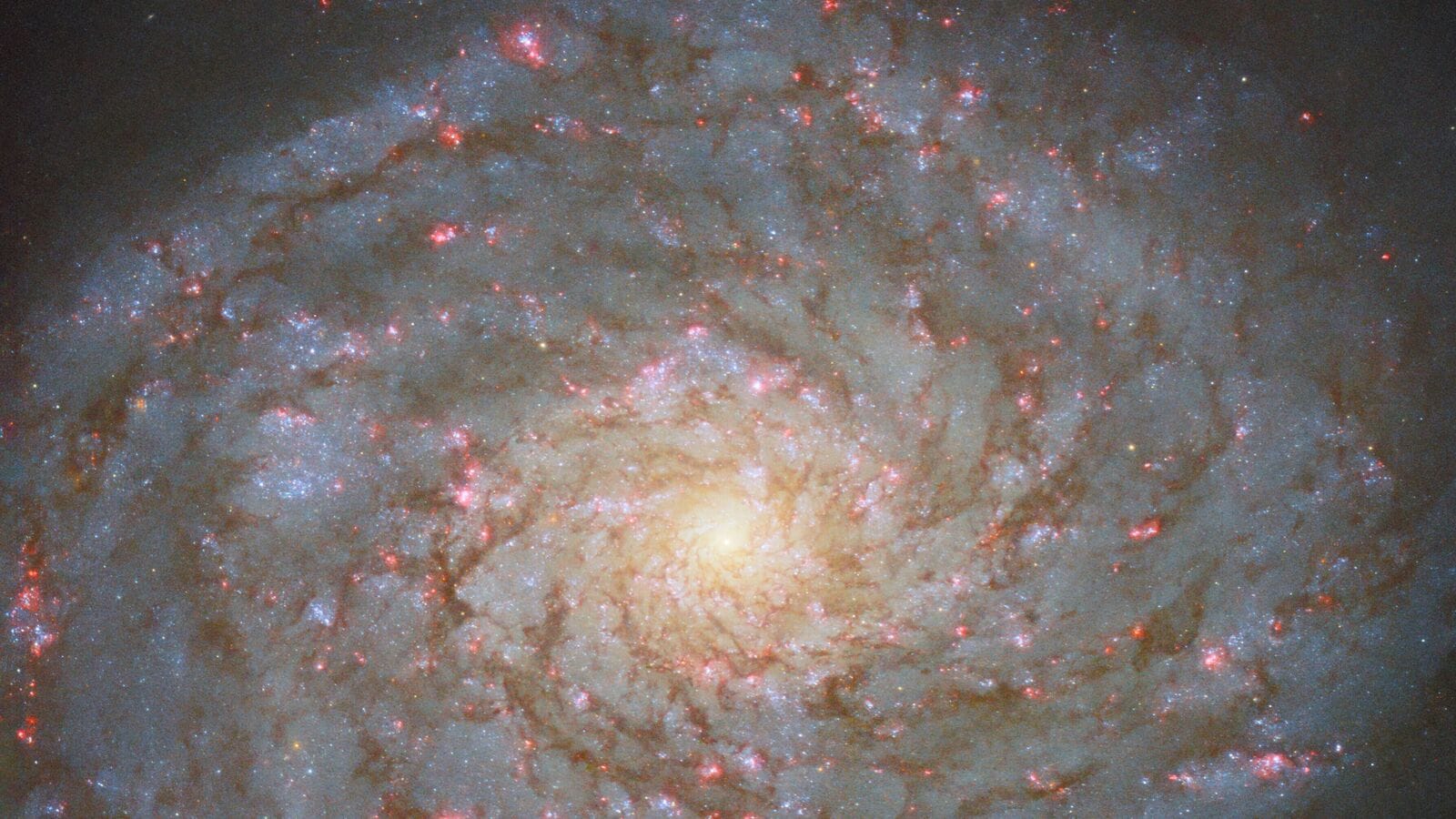NASA Images: The National Aeronautics and Space Administration’s (NASA) Hubble Space Telescope has revealed images of galaxies. The Hubble Space Telescope, which was launched in 1990, changed the fundamental understanding of the universe from determining the atmospheric composition of planets around other stars to Discovering dark energy.
NASA’s Hubble Space Telescope has revealed a captivating new image of N11, a vibrant star-forming region located approximately 160,000 light-years from Earth in the Large Magellanic Cloud (LMC). LMC is a dwarf galaxy orbiting our Milky Way. NASA’s Hubble describes N11 as having cotton candy-like clouds of gas. It said: “As it is one of the most energetic regions of the LMC, astronomers used Hubble to examine various parts of its dynamic environment.”
Hubble also has shared a surprising news Image of the irregular dwarf galaxy called VV124. It is described as “a relatively quiet old galaxy.” It is located 4 million light-years away in the constellation Ursa Major.
In another image shared by Hubble, the image of M33 is shown, which is located 2.7 million light-years from Earth and is found in the constellation of the Triangle. M33 is approximately half the size of the Milky Way and ranks as the third largest galaxy in our Local Group, after the Andromeda Galaxy and the Milky Way itself.
NASA’s Hubble Space Telescope has released a stunning image of NGC 1569, one of the most active galaxies in the cosmic space. Known as a starburst galaxy, NGC 1569 produces stars at a rate 100 times faster than our own Milky Way.
Leo A is located 2.6 million light-years from Earth and is found in the constellation Leo. NASA’s Hubble Telescope describes it as “one of the most isolated members of our ‘Local Group’ of galaxies.” “Its open distribution of stars allows light from distant galaxies to shine through,” it added. Leo A’s youngest stars are found mostly in the center of the galaxy, with older stars becoming more numerous towards the outer regions. The Hubble Telescope states: “This means that star formation here likely occurred from the outside in, or its oldest stars managed to migrate to the outskirts of Leo A in the early stages of its evolution.”
The Tucana dwarf galaxy is located about 3 million light-years from Earth in the constellation Tucana. It is one of the most remote galaxies in the Milky Way’s galactic neighborhood. NASA’s Hubble Space Telescope states: “As a spheroidal dwarf galaxy, it is much smaller and dimmer than most other dwarf galaxies. The Tucana dwarf galaxy may also be used as a cosmic fossil, given its relatively isolated distribution of older stars.”
Disclaimer:
The information contained in this post is for general information purposes only. We make no representations or warranties of any kind, express or implied, about the completeness, accuracy, reliability, suitability or availability with respect to the website or the information, products, services, or related graphics contained on the post for any purpose.
We respect the intellectual property rights of content creators. If you are the owner of any material featured on our website and have concerns about its use, please contact us. We are committed to addressing any copyright issues promptly and will remove any material within 2 days of receiving a request from the rightful owner.

